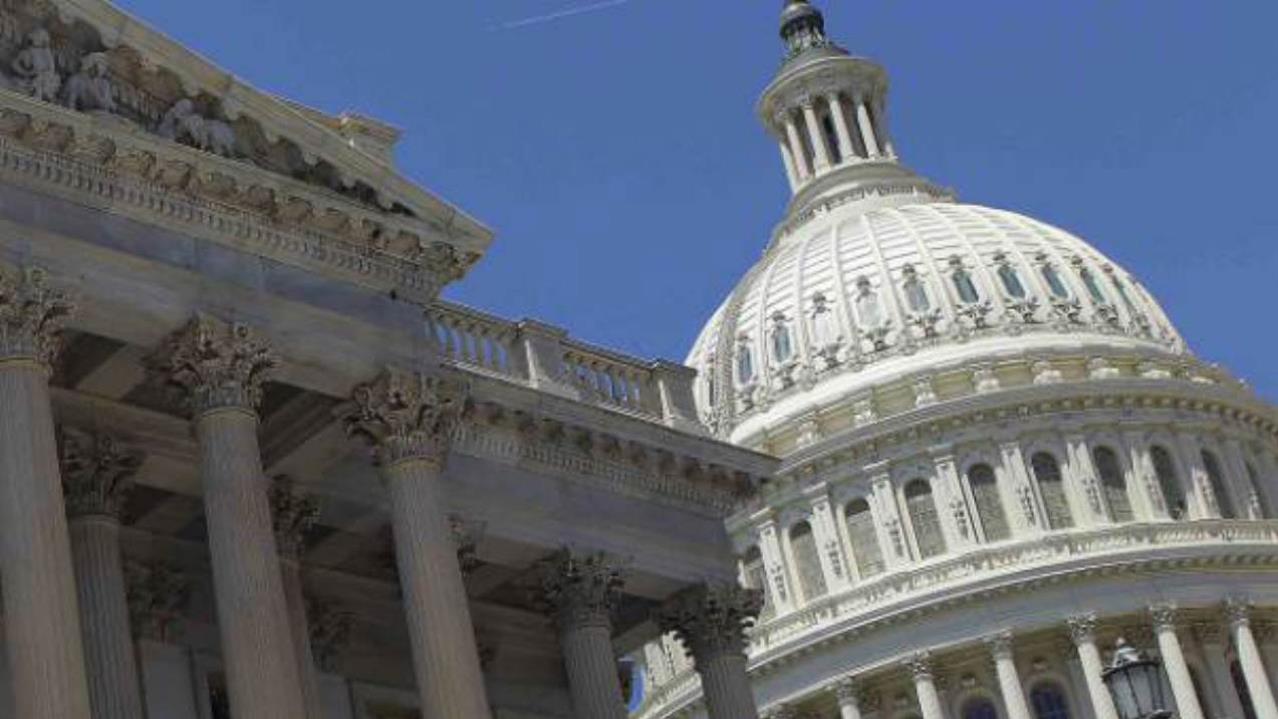How the new GOP tax reform plan compares to Reagan's
If you've been reading up on Republicans' recently unfurled tax reform plan, and if you were around to follow the news back in 1986, then you may be experiencing a sense of deja vu.
That's because the Tax Cuts and Jobs Act evokes the 1986 tax reform spearheaded by former President Ronald Reagan, prompting many comparisons between the two.
Yet while the proposals share certain characteristics, they're two very different beasts.
Simplification and tax relief -- and so much more
Complexities in the tax code have historically led to errors and fraud, so the House GOP's Tax Cuts and Jobs Act seeks to simplify matters, as did the Tax Reform Act of 1986.
But whereas Reagan's plan effectively reduced the number of individual income tax brackets from a whopping 14 down to just two, the GOP's plan is less extreme in this regard.
We no longer have 14 distinct tax brackets at play, but rather just seven, and the Tax Cuts and Jobs Act narrows them down to four, not two.
Still, the intent is the same: Streamline the system and make it less confusing for American taxpayers by eliminating not only brackets, but some of the countless deductions that have long been said to favor the wealthy (even though some deductions, at present, phase out at higher income levels).
And let's not gloss over another key aspect of both plans: tax relief. Reagan's plan reduced the top marginal individual tax rate from 50% to 28%. The new reform plan retains the current top rate of 39.6% but greatly increases the minimum income to which it applies.
Reagan's plan also lifted the burden on low-income households by increasing the standard deduction and expanding the personal exemption. The Tax Cuts and Jobs Act, meanwhile, seeks to nearly double the standard deduction, which the overwhelming majority of households claim. At the same time, however, it looks to eliminate the personal exemption, which could put larger households back at square one.
While simplification and tax relief lie at the core of both plans, there's one key difference we can't overlook: Whereas Reagan's plan seemed to favor the average American, the Tax Cuts and Jobs Act comes off as more friendly to corporations and the well-to-do.
Reagan's plan sought to eliminate corporate loopholes and make the rich pay their share (case in point: Reagan actually raised capital gains taxes). Under the new GOP plan, corporations would enjoy much lower tax rates, and the estate tax -- which Republicans call the "death tax" and which Democrats see as a way to prevent rich families from establishing aristocracy-like dynasties -- would be repealed.
Will this tax plan gain traction?
The success of Reagan's tax plan (even if elements thereof eventually came to be repealed by future administrations) was rooted not just in its content, but in its approval. Reagan peddled his proposal until it gained clear bipartisan support.
The GOP's new plan, meanwhile, is nowhere close to having bipartisan buy-in, and President Trump has made it clear that he wants the bill passed by year's end. Whether that's realistic or not is beside the point.
The fact that Congress is expected to rush though such a heated, intensive process underscores the crucial difference between 1986 and today -- that the Tax Cuts and Jobs Act is still very much a one-sided proposal that lends itself to broad skepticism.
There are certain things everyone can agree on today, as they did back in 1986 -- namely, that our tax system is far too complex, it favors certain economic groups, and it needs a serious overhaul. But whether the Tax Cuts and Jobs Act can ultimately resolve those issues is yet to be determined.




















